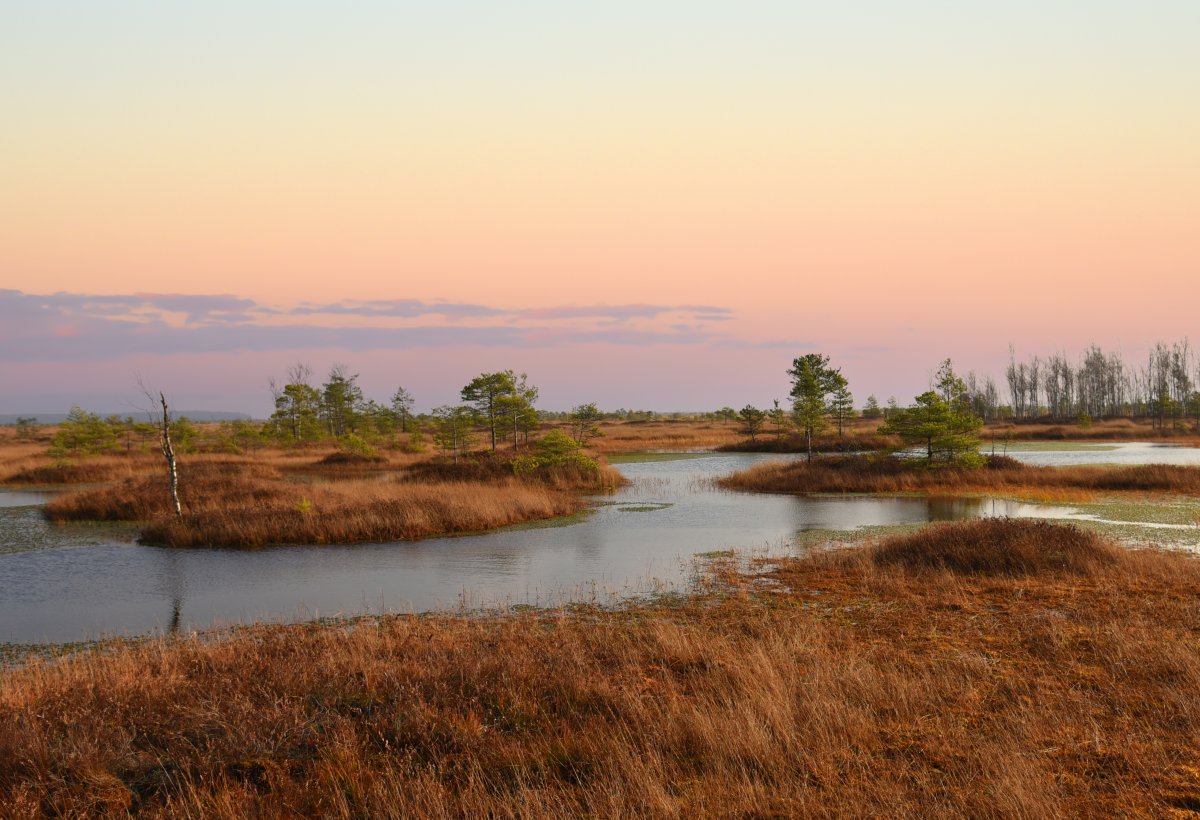Wetlands are widely believed to be an effective natural CO2 sink, but new research has found that they are also the largest natural source of methane emissions. In fact, wetlands contribute to 40% of all methane emissions. However, climate and Earth system modelers have had difficulty accurately modeling these emissions. Determining the exact origins of methane sources is all the more urgent given the recent increase in methane concentrations in the atmosphere, which is now two and a half times higher than before the start of industrialization.
Methane is a much more potent greenhouse gas than carbon dioxide (CO2) and has contributed about 30% to total human-caused global warming. It primarily comes from the extraction and burning of fossil fuels, landfills, and agriculture. To reduce methane emissions, numerous countries, organizations and companies signed the Global Methane Pledge during and after the climate conference in Glasgow 2021, pledging to reduce methane emissions by 30% by 2030.
Isotope measurements have found that 85% of the increase in methane emissions between 2007 and 2016 came from wetlands, with more than half from the tropics. A research team from China, France and the USA has tracked down the causes and found that methane emissions from wetlands have increased by 1.2 to 1.4 million tons per year over the past 20 years. The model simulations are consistent with previous observations from satellite remote sensing that tropical wetlands are expanding and becoming wetter and warmer, making methane-producing bacteria more active.
However, the warming of tropical wetlands makes methane-producing bacteria more active, resulting in even more methane. This phenomenon is called “methane feedback in wetlands”. Precipitation patterns around the world are also changing, leaving some wetlands dehydrated, drying out and releasing more CO2. Others are created and produce more methane, such as the new wetlands left by devastating floods in West and East Africa over the past two years.
The Amazon region contributes the most to global, natural methane emissions, followed by significant emissions from wet soil regions in South and Southeast Asia. A study by three authors led by Tao Bao, also from the Chinese Academy of Sciences, comes to the conclusion that emissions of carbon dioxide and nitrous oxide from wetlands also change with increasing warming. Peatlands with vascular plants, such as sedges, would tend to absorb more CO2, but emit more of the greenhouse gases methane and nitrous oxide. On the other hand, where algae, mosses or ferns dominate the moist ecosystems, more CO2 rises. Both studies conclude that warming is undermining the mitigation potential of pristine wetlands — even with the modest temperature increase of 1.5 to 2.0 degrees that the Paris climate agreement target.



